M. Paul Pandian
Copyright
Chandos Publishing
TBAC Business Centre
Avenue 4
Station Lane
Witney
Oxford OX28 4BN
UK
Tel: + 44 (0) 1993 848726
www.chandospublishing.com
Chandos Publishing is an imprint of Woodhead Publishing Limited
Woodhead Publishing Limited
Abington Hall
Granta Park
Great Abington
Cambridge CB21 6AH
UK
www.woodheadpublishing.com
First published in 2010
ISBN:
978 1 84334 545 9
M. Paul Pandian, 2010
British Library Cataloguing-in-Publication Data.
A catalogue record for this book is available from the British Library.
All rights reserved. No part of this publication may be reproduced, stored in or introduced into a retrieval system, or transmitted, in any form, or by any means (electronic, mechanical, photocopying, recording or otherwise) without the prior written permission of the Publishers. This publication may not be lent, resold, hired out or otherwise disposed of by way of trade in any form of binding or cover other than that in which it is published without the prior consent of the Publishers. Any person who does any unauthorised act in relation to this publication may be liable to criminal prosecution and civil claims for damages.
The Publishers make no representation, express or implied, with regard to the accuracy of the information contained in this publication and cannot accept any legal responsibility or liability for any errors or omissions.
The material contained in this publication constitutes general guidelines only and does not represent to be advice on any particular matter. No reader or purchaser should act on the basis of material contained in this publication without first taking professional advice appropriate to their particular circumstances. All screenshots in this publication are the copyright of the website owner(s), unless indicated otherwise.
Typeset by RefineCatch Limited, Bungay, Suffolk
Printed in the UK and USA
List of abbreviations
AFI application family identifier
AIDC automatic identification and data capture
API application program interface
CAC common access card
DHCP dynamic host configuration protocol
EAS electronic article surveillance
EM electro magnetic
EPC electronic product code
GPS geographic positioning system
HF high frequency
IEC International Electrotechnical Commission
ILS integrated library system
IMSc Institute of Mathematical Sciences
IP internet protocol
IS information system
ISO International Organization for Standardization
IT information technology
LAN local area network
LED light emitting diode
LF low frequency
LMS library management system
MARC machine readable cataloging
MOM message oriented middleware
NCIP NISO circulation interchange protocol
NISO National Information Standards Organization
NIST National Institute of Standards and Technology
OECD Organization for Economic Cooperation and Development
PC personal computer
PDA personal data assistant
RFDC radio frequency data communication
RFID radio frequency identification
ROI return on investment
SIP standards interchange protocol
TCP transmission control protocol
UDP user datagram protocol
UHF ultra high frequency
URL uniform resource locator
USB universal serial bus
WWW World Wide Web
List of figures and tables
Figures
Tables
About the author
M. Paul Pandian obtained his PhD from Karnatak University, Dharwad, India and an Associateship in Documentation and Information Science from the Documentation Research and Training Centre, Indian Statistical Institute, Bangalore, India. He is currently the Head of the Library and Information Resource Centre at the Institute of Mathematical Sciences, Department of Atomic Energy, Chennai, India where he has recently successfully implemented an RFID-based system for the library. He was previously the Head of the Library and Information Resource Centre at the Indian Institute of Management, Indore, India and a member of the core team that was responsible for the setting up of a campus-wide information system for the IIM. He has also worked as a scientist at the INFLIBNET Centre, University Grants Commission, India where he was responsible for developing the online union catalogs of participating libraries at INFLIBNET. As a course coordinator at INFLIBNET, he also designed and developed course materials for a six-week residential course on the applications of computer and communication technologies in libraries for library executives and information scientists. He has in addition contributed several research articles on the topic of library and information science to a number of journals and presented papers at national and international conferences.
The author may be contacted at:
Introduction
).
).
):
 by the government, through social security numbers;
by the government, through social security numbers;
 by employers, through employee ID numbers;
by employers, through employee ID numbers;
 by universities, through student ID numbers;
by universities, through student ID numbers;
 by insurers, banks, credit card companies, and other financial institutions, through account numbers.
by insurers, banks, credit card companies, and other financial institutions, through account numbers.
).
).
).
The term RFID has become a general term used to describe sensory technology that uses radio waves to scan and identify separate and distinct items. RFID is only one of numerous technologies grouped under automatic identification and data capture (AIDC) technologies, such as barcode, magnetic inks, optical character recognition, voice recognition, touch memory, smart cards, biometrics, etc. AIDC technologies have been used for decades to increase accuracy and efficiency in the data collection process for many activities. At their core, all AIDC technologies support two common goals:
 to eliminate errors associated with identification and/or data collection, and
to eliminate errors associated with identification and/or data collection, and
 to accelerate the throughput process.
to accelerate the throughput process.
).
Although RFID technology has been around for a long time, it has only had a surge in its acceptance and a massive growth in its use in the last few years. Several developments have sped up the adoption of the technology:
 First, technical standards are being established.
First, technical standards are being established.
 Second, the cost of the tags has come down.
Second, the cost of the tags has come down.
 Third, mandates to use RFID are being issued by major retailers and organizations.
Third, mandates to use RFID are being issued by major retailers and organizations.
The use of RFID technology creates opportunities in all realms of life for business, science, government, and leisure-time activities. RFID can optimize processes, facilitate traceability, guarantee authenticity, improve product safety, boost efficiency, and simplify access control. RFID has recently emerged as one of the emerging technologies for asset tracking, inventory management, supply chain management, payment systems, information sharing, access control, and security using radio waves. Industries with the greatest opportunities to use RFID include retail, aerospace, defense, health care, logistics, pharmaceutical organizations, and libraries.


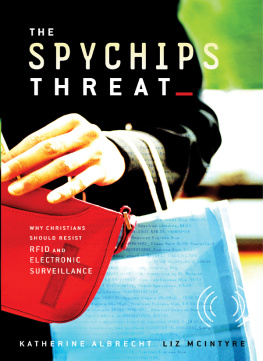

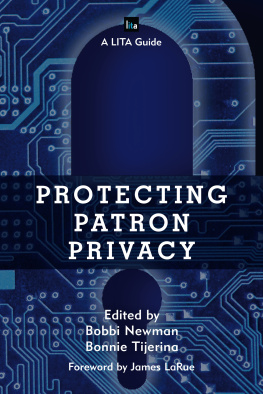
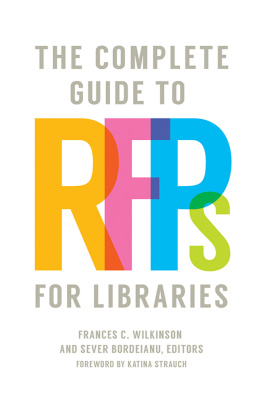
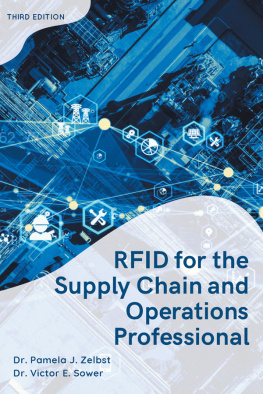
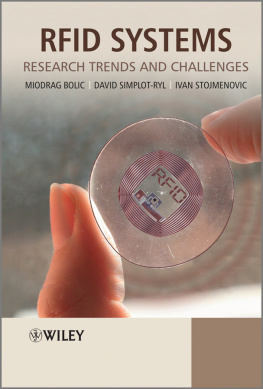
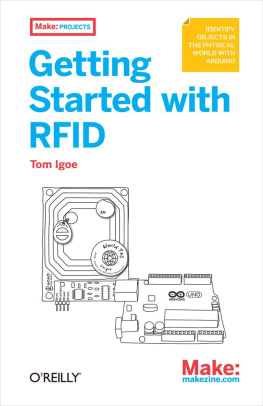

 by the government, through social security numbers;
by the government, through social security numbers;